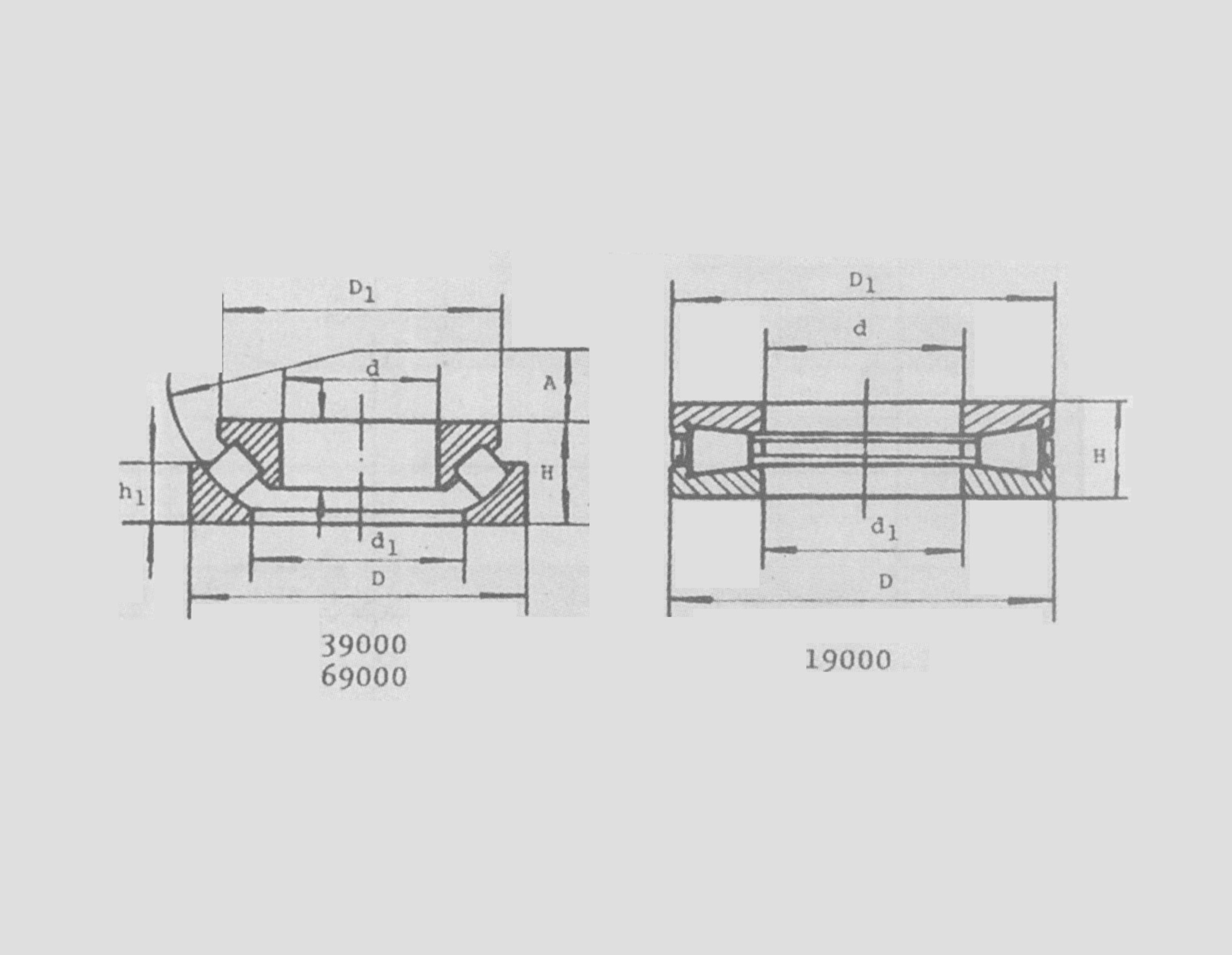
Nov . 10, 2024 23:42 Back to list
Exploring the Benefits of Hybrid Deep Groove Ball Bearings for Enhanced Performance
Hybrid Deep Groove Ball Bearings An Overview
Hybrid deep groove ball bearings are a crucial component in modern engineering, combining the benefits of various materials to enhance performance and sustainability. These bearings play a significant role in numerous applications, from electric motors and aerospace components to automotive engines and industrial machinery. This article explores the features, benefits, and applications of hybrid deep groove ball bearings, shedding light on their importance in today’s technology-driven world.
What Are Hybrid Deep Groove Ball Bearings?
Hybrid deep groove ball bearings are characterized by their unique composition. Unlike traditional ball bearings that are typically made from steel, hybrid versions feature ceramic balls, usually made of silicon nitride, combined with steel or stainless steel races. This innovative design results in distinct advantages over conventional bearings, marking a pivotal development in bearing technology.
Advantages of Hybrid Deep Groove Ball Bearings
1. Reduced Weight The use of ceramic balls significantly reduces the overall weight of the bearing. This is particularly advantageous in applications where weight savings are critical, such as aerospace and automotive industries, leading to improved fuel efficiency and performance.
2. Enhanced Durability Ceramic materials are known for their superior hardness and resistance to wear. Hybrid bearings exhibit increased fatigue life and can withstand higher loads compared to their all-steel counterparts, making them ideal for demanding operating conditions.
3. Lower Friction The combination of ceramic balls and steel races results in lower friction coefficients. This contributes to reduced energy loss, thereby enhancing the overall efficiency of machinery. Lower friction also leads to less heat generation, further extending the operational lifespan of the bearings.
hybrid deep groove ball bearings

4. Corrosion Resistance The ceramic components are inherently resistant to corrosion, making hybrid deep groove ball bearings suitable for environments where moisture and aggressive chemicals are present. This feature is particularly advantageous in marine applications and industries dealing with corrosive substances.
5. Temperature Stability Hybrid bearings can operate effectively at higher temperatures than traditional bearings. This thermal stability means they can maintain performance in extreme conditions, making them a reliable choice for high-temperature applications.
Applications of Hybrid Deep Groove Ball Bearings
The versatility of hybrid deep groove ball bearings allows them to be employed in various industries. In the automotive sector, they are used in electric motors and drivetrains, where efficiency and reliability are paramount. Their lightweight nature and heat resistance make them suitable for electric vehicles, which require components that can withstand high operational demands.
In the aerospace industry, hybrid bearings are utilized in aircraft engines and landing gears due to their durability and ability to perform reliably under extreme conditions. Similarly, in the industrial sector, they are used in high-speed machinery and robotics, where precision and low friction are essential for optimal performance.
Conclusion
Hybrid deep groove ball bearings represent a significant advancement in bearing technology, boasting a combination of ceramic and steel components that enhance their performance and durability. With advantages such as reduced weight, lower friction, and increased corrosion resistance, these bearings are increasingly adopted across various industries. As the demand for more efficient and reliable components grows, hybrid deep groove ball bearings will continue to play a pivotal role in driving innovation and enhancing the performance of modern machinery. Whether in aerospace, automotive, or industrial applications, hybrid deep groove ball bearings are set to shape the future of engineering and technology.
Latest news
-
Premium Deep Groove Ball Bearings | High Speed & Reliability
NewsAug.29,2025
-
Durable Scaffolding Clamps - Secure & Reliable Tube Connectors
NewsAug.28,2025
-
Common Failures in Thrust Ball Bearings and Solutions
NewsAug.22,2025
-
How Tapered Roller Bearings Can Take Shock Loads
NewsAug.22,2025
-
Angular Bearings in High-Precision Spindles
NewsAug.22,2025
-
The Impact of Misalignment on Cylindrical Roller Bearing Performance
NewsAug.22,2025
